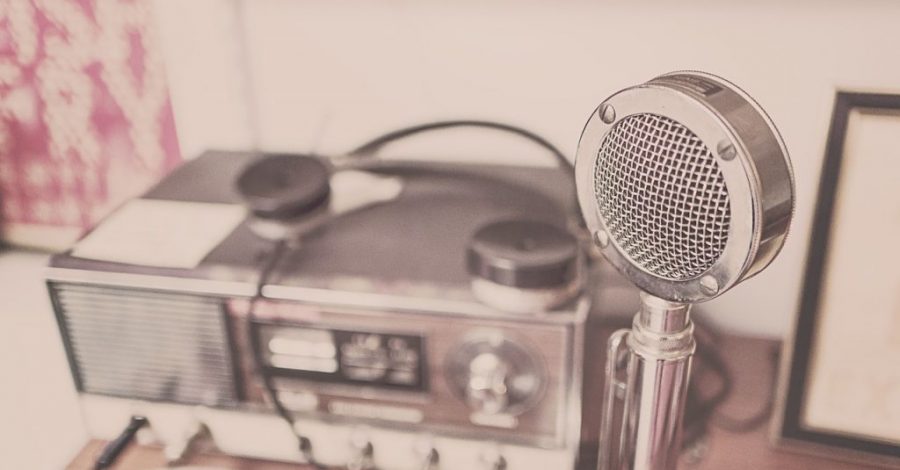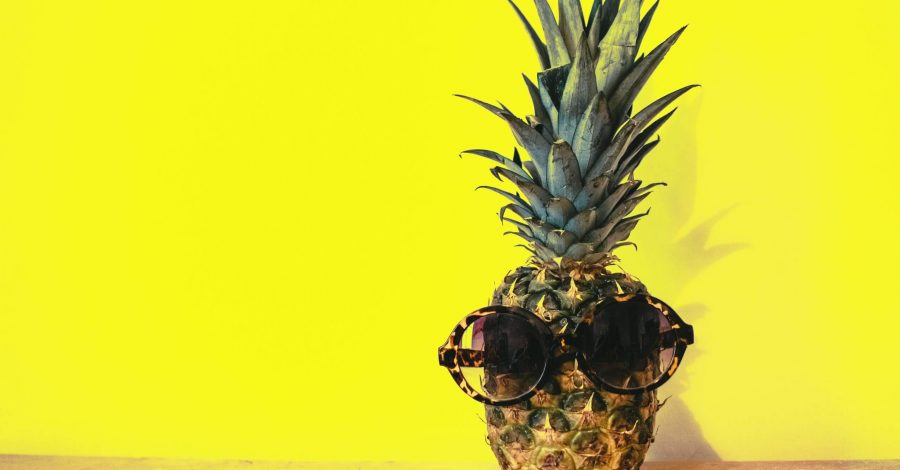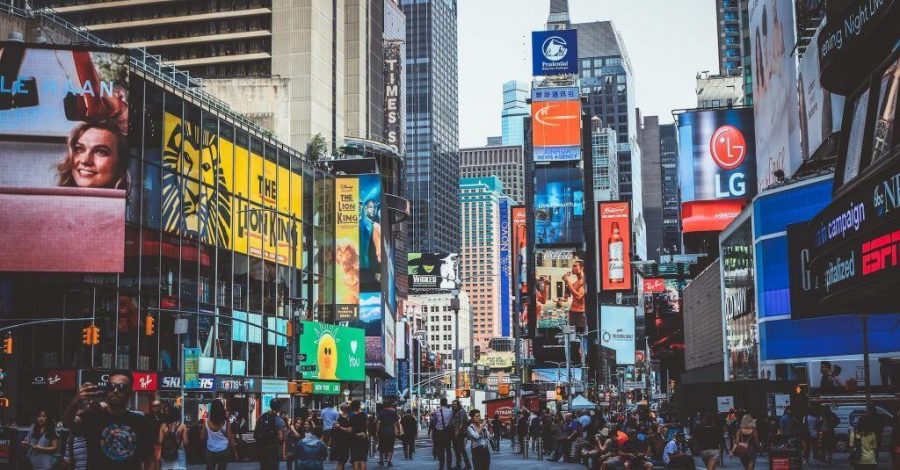I recently sat down (virtually) with my good friend and radio colleague Yvonne Malak to talk about radio listening and how it has changed during the different stages of the pandemic for a number of our clients in Europe. The following interview originally appeared in the Online Radio Magazine “RadioWoche”.
Radio could once again be the THE winner of the lockdown!
Digital listening has continued to grow and prosper almost as strongly as it did during the first phase of the lockdown. The secret of radio success – one-on-one communication with a listener and the feeling that the person on the air is talking only to me (good djs are able to do just that!) help to make radio THE social contact of choice during this winter. Listeners everywhere are using it to combat the loneliness of the lockdown, to find some relaxation and entertainment, and experience a closeness to other people.
RadioAnalyzer, the market leader for Data Analytics in Radio, is in a unique position to shine a light on these findings, with over 50 radio stations spanning the Globe. Bill De Lisle, COO of RadioAnalyzer, is here to share some of their findings with us today.
YM: Bill, one of the things making General Managers and Program directors increasing uneasy: a negative change in the morning show listening peak due to the change in listening behaviour, especially now during the ratings period – and that it could lead to problems down the road for the normally very important commercial sales timeframe of 6-8 AM.
BDL: During the first lockdown, while we did see a loss in the classic morningshow peak, it was actually moved back around 1,5 to 2 hours. The usual start of the day rituals of „get up“, „get the family ready“, „go to work“ just weren’t there anymore. Which in turn caused a rather dramatic drop during the 6 and 7 o’clock hours. Focal point of this change was mid-March for most countries, when the European lockdowns started.
During the summer however we saw the typical morning show peak start to return, and in the fall we had a return to an almost “normal” daytime listening curve. The new lockdown measures we saw in the Fall affected the early mornings much less than the first time around.
While we saw losses in the early morningshow hours (6 and 7) of around 25-30% last March, the second lockdown was much less extreme, only losing about 10% of the listening in those early hours.

But – and this is good news – overall listening seems to be increasing for most radio stations.

YM: Would this shift in the morningshow peak be a reason to extend the morningshow, like some stations did last spring?
BDL: If by extending the morning show you mean just moving everything back a few hours, then no. This listening shift also changed how listeners start their day. If a listener sits down for their work-day from a home-office at 9 am, he is no longer in a situation where he would want to consume a typical morning show style of programming.
YM: Okay, so maybe give it your best from 7 to 9 am and then follow up with your typical daytime programming. How did listening develop throughout the day? The first lockdown saw a definite increase in daytime usage.
BDL: First, one important note for the graph below: we corrected the daily listening curve to account for organic growth. Most stations are still growing their overall digitial usage (or transferring it from FM to online) and we have to take that into account when comparing usage numbers. Overall the stations have suffered less of a drop during the mornings in the second lockdown. Additionally, the overall listening during the day has once again grown compared to non-lockdown listening.

You can see that during both lockdowns there was more overall listening than outside those timeframes.
YM: And what is your advice to the radio and audio companies out there?
BDL: We finally have the situation we all should have been preparing for all these years: How we deal with information and entertainment and how we apply that to our listeners. A radio station should always know what their listeners are doing and what is going on in their lives. Then, help them to understand and interpret that world: “What happened?“ followed by „what does that mean for me?“. That means not simply repeating what they have read in the paper or online again on-air. Telling them for the 200th time they need to wear of mask (which of course they do) will only annoy those already following the rules , and those that aren’t feel talked down to.
Don’t keep repeating what they have already heard, and don’t turn into a Talk- and News-heavy station if you weren’t one before. We saw that have a decidedly negative effect on listening in the first lockdown. Do however, help them interpret what all those numbers and press releases mean for their daily lives, and how they can react to it.
YM: Is my impression that these „downer“ segments – specifically about Corona – are a tune out reason for listeners
BDL: Yes, we have seen the reactions to negative numbers without context – listeners tend to tune out. At the same time we also know that content teasing about „fear-inducing“ events tends to work better – it is how humans are wired unfortunately. Back to the original question: the same bad news I’ve heard a thousand times before (with no new information) is a tune out factor. The longer the crisis and the greater the crisis-fatigue, the stronger that tune out is.
For this lockdown for Radio makers there is some good news, some classic insights, and one open question:
The Good News
– Radio remains the daily companion of choice
– After 7am more listeners are listening that before corona.
The Insights
– Listeners do not want their music based entertainment stations constantly delivering „downer“ news segments all the time.
– repetitive or redundant information is a tune out factor – be relevant for your listeners and the situation and time of day they are currently in.
– „talking down“ on the subject of lockdown rules is a tune out factor and doesn’t help. Be compassionate.
The unanswered question – and the biggest unknown:
Do our listeners have the time and energy between home-schooling, home-office, and lockdown cabin-fever to take part in a ratings questionnaire for radio?
Nothing to do but wait and see, and do our best to continue delivering great radio.

COO
You might say the poor guy never had a chance, being born to two radio-crazy ArmedForcesNetwork journalists that met in southeast Asia (think “Good Morning Vietnam” – and no, his dad is not Adrian Cronauer). Since discovering his love for music programming as a teenager, Bill has been obsessed with turning great ideas into numbers you can measure, and measured numbers into actionable programming strategies that make great radio. After touring Central Europe as a Music-Promotion-Programm- Director and a Research&Program Consultant for European and International Consulting firms, he has returned to the audio innovation trenches at RadioAnalyzer, and is loving every minute of it.



